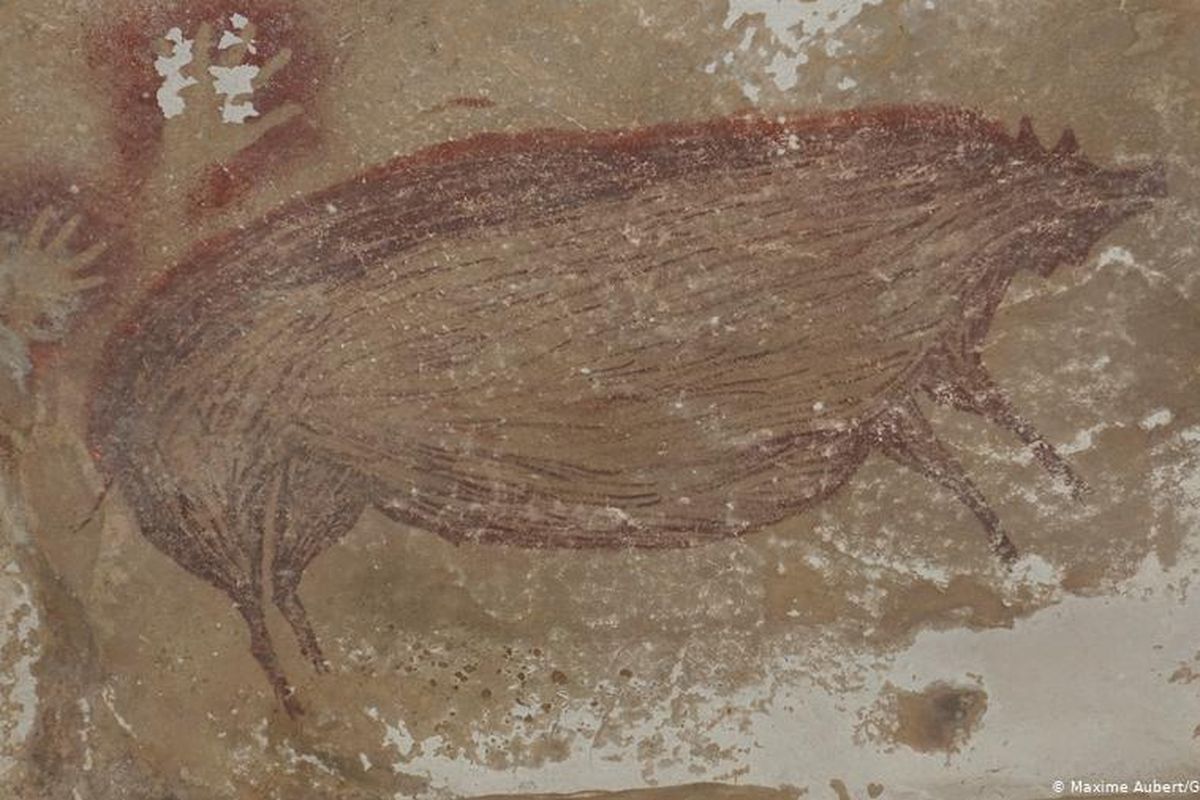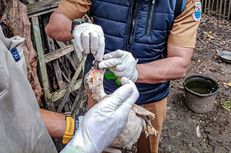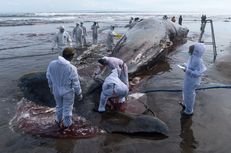
Also read: Indonesia's Toba Caldera Recognized as UNESCO Global Geopark
"The people who made it were fully modern, they were just like us, they had all of the capacity and the tools to do any painting that they liked," she added.
The oldest-known cave painting before the discovery of the pig was also found in Sulawesi by the same team. It showed part-human part-animal figures hunting and was around 43,900 years old.
Cave paintings such as these could provide important insights about human migration during the time, experts say, especially since it is unknown how humans reached the Australian continent 65,000 years ago.
"Our species must have crossed through Wallacea by watercraft," Aubert said, referring to the Indonesian islands. "However, the Wallacean islands are poorly explored and presently the earliest excavated archaeological evidence from this region is much younger in age."
Simak breaking news dan berita pilihan kami langsung di ponselmu. Pilih saluran andalanmu akses berita Kompas.com WhatsApp Channel : https://www.whatsapp.com/channel/0029VaFPbedBPzjZrk13HO3D. Pastikan kamu sudah install aplikasi WhatsApp ya.
- Indonesia Cave Art
- Sulawesi cave art
- Indonesia cave art found
- Indonesia cave art age
- Indonesian cave art discovery
- Sulawesi Indonesia cave paintings
- Indonesia cave paintings that depicts a prehistoric hunting scene
- Indonesia cave paintings history
- cave paintings in Indonesia
- cave paintings in Indonesia may be among the oldest
































